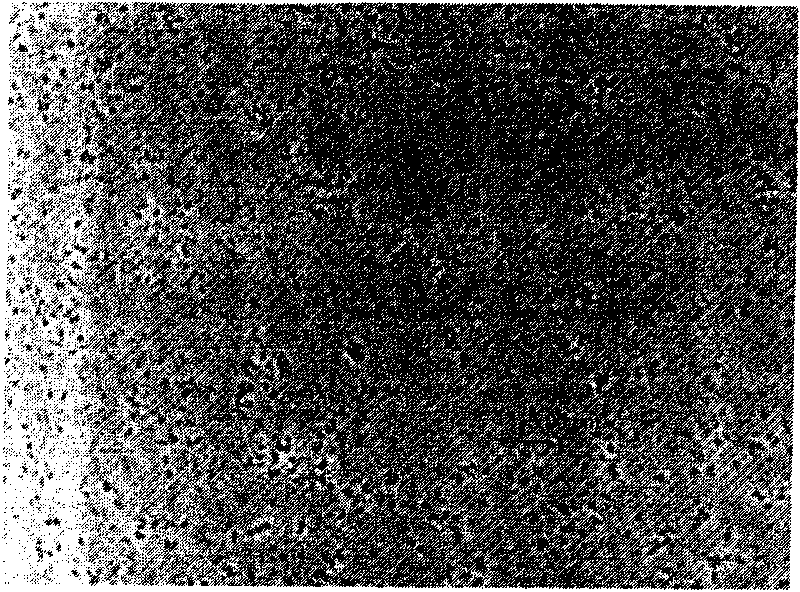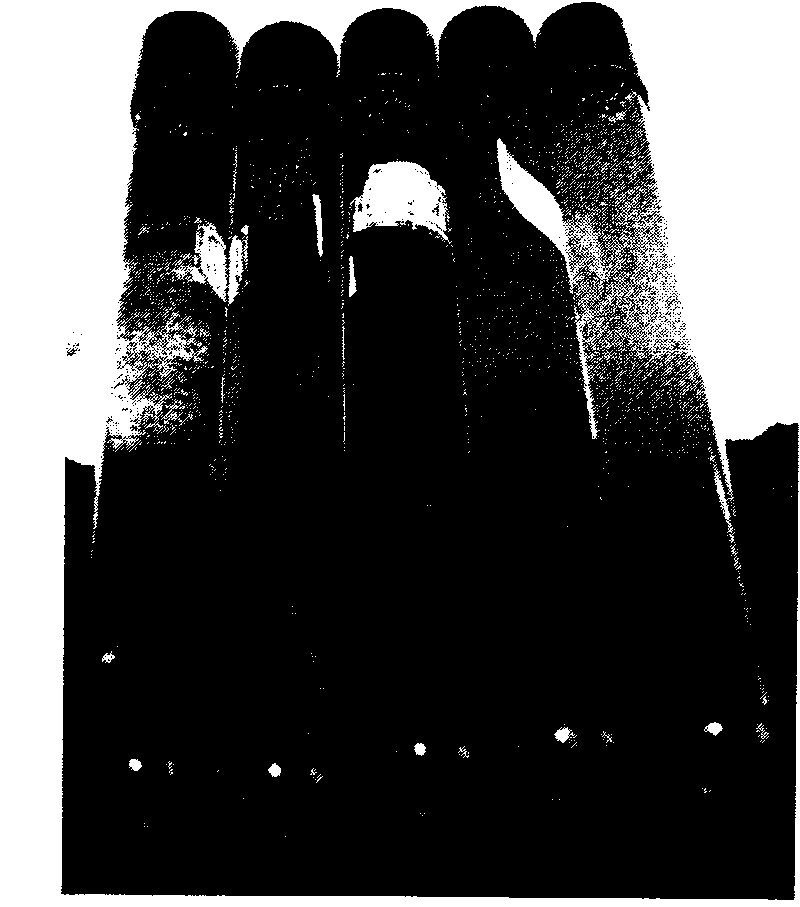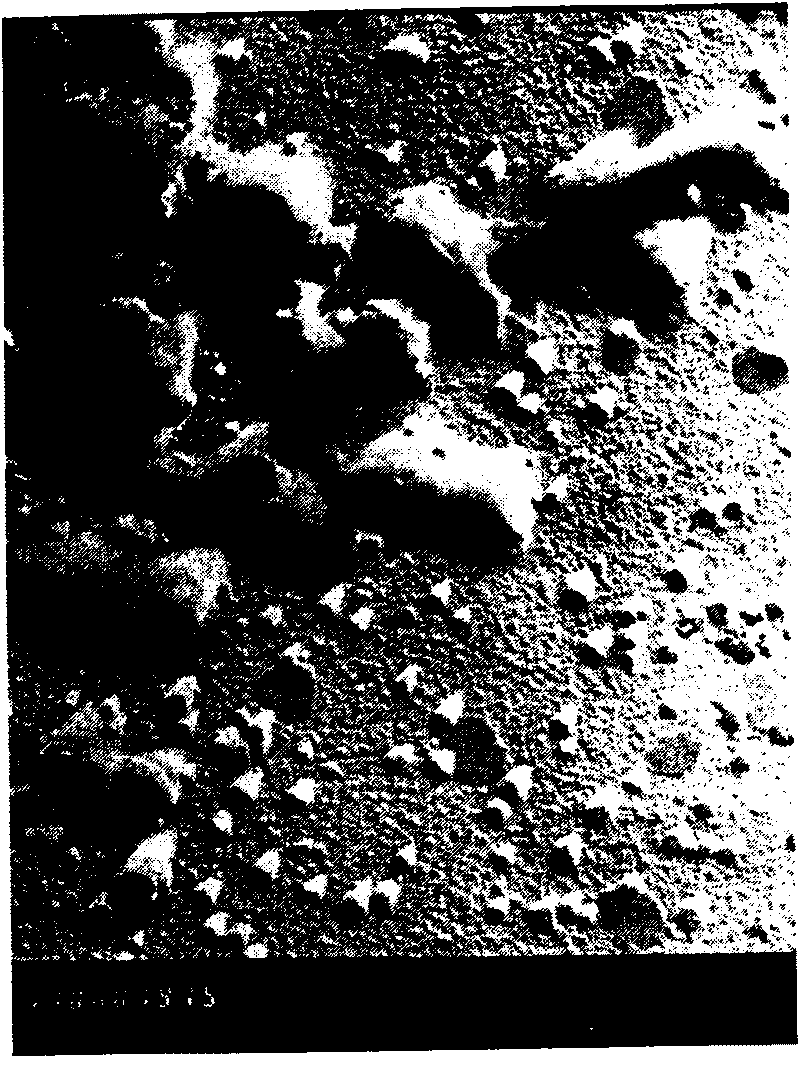Cellulose decomposition compound bacteria system and method for carrying out co-culture on cellulose decomposition compound bacteria system and sulfate reducing bacteria
A technology of cellulose decomposition and culture, applied in the field of microorganisms, can solve problems such as difficult to decompose, underutilized resources, complex structure, etc.
- Summary
- Abstract
- Description
- Claims
- Application Information
AI Technical Summary
Problems solved by technology
Method used
Image
Examples
Embodiment 1
[0025] First prepare the culture medium (Tyrptone, 3g; CaCl 2 ·H 2 O, 2g; NaHCO 3 , 1g; NH 4 Cl, 1 g; distilled water, 1 L; pH 7.2). The medium was dispensed into anaerobic screw cap test tubes fitted with filter paper strips (12×120 mm). After vacuum pumping and oxygen removal, high pressure steam sterilization (121°C). Put 0.5g of anaerobic activated sludge into the sterilized culture medium, and put it into a 35°C incubator for static cultivation. After the filter paper was decomposed, the cells were successively transferred and cultured under the same culture conditions. During the transfer process, the bacterial strain's ability to decompose the filter paper was continuously enhanced, and finally the filter paper strip could be completely degraded within 48 hours. Preserve the enriched and isolated cellulolytic strains (the name of the strain is Clostridium sp.Lwy-2, deposit unit: China National Center for Typical Culture Collection, address in Wuhan University, dep...
PUM
 Login to View More
Login to View More Abstract
Description
Claims
Application Information
 Login to View More
Login to View More - R&D
- Intellectual Property
- Life Sciences
- Materials
- Tech Scout
- Unparalleled Data Quality
- Higher Quality Content
- 60% Fewer Hallucinations
Browse by: Latest US Patents, China's latest patents, Technical Efficacy Thesaurus, Application Domain, Technology Topic, Popular Technical Reports.
© 2025 PatSnap. All rights reserved.Legal|Privacy policy|Modern Slavery Act Transparency Statement|Sitemap|About US| Contact US: help@patsnap.com



